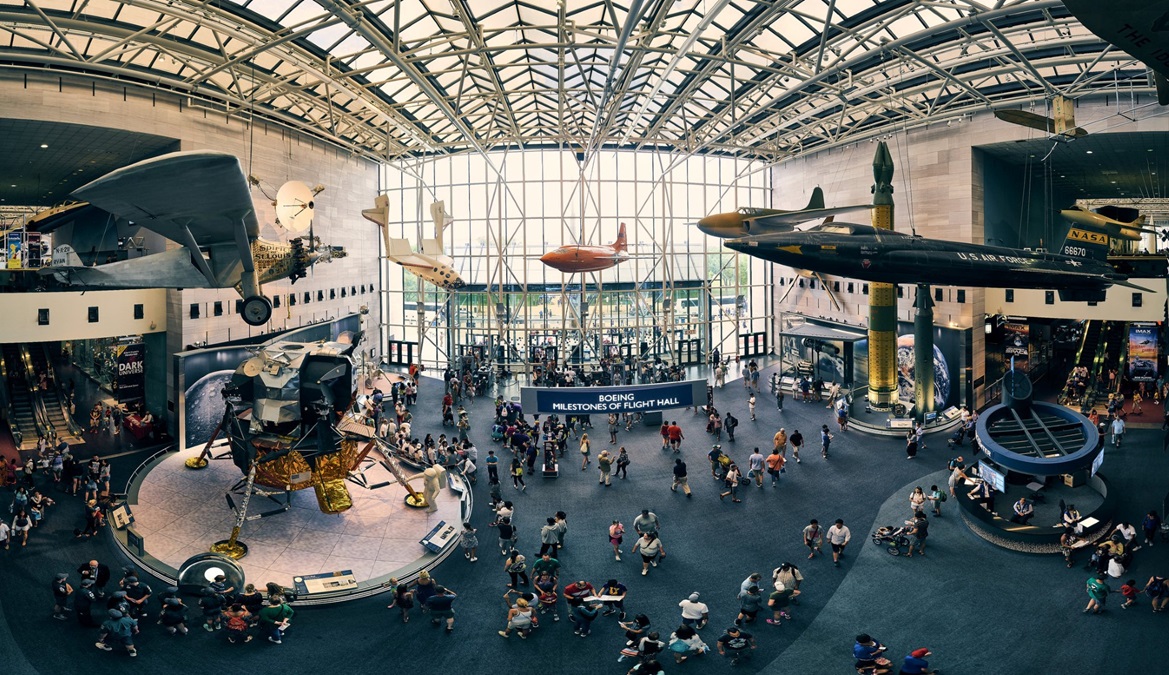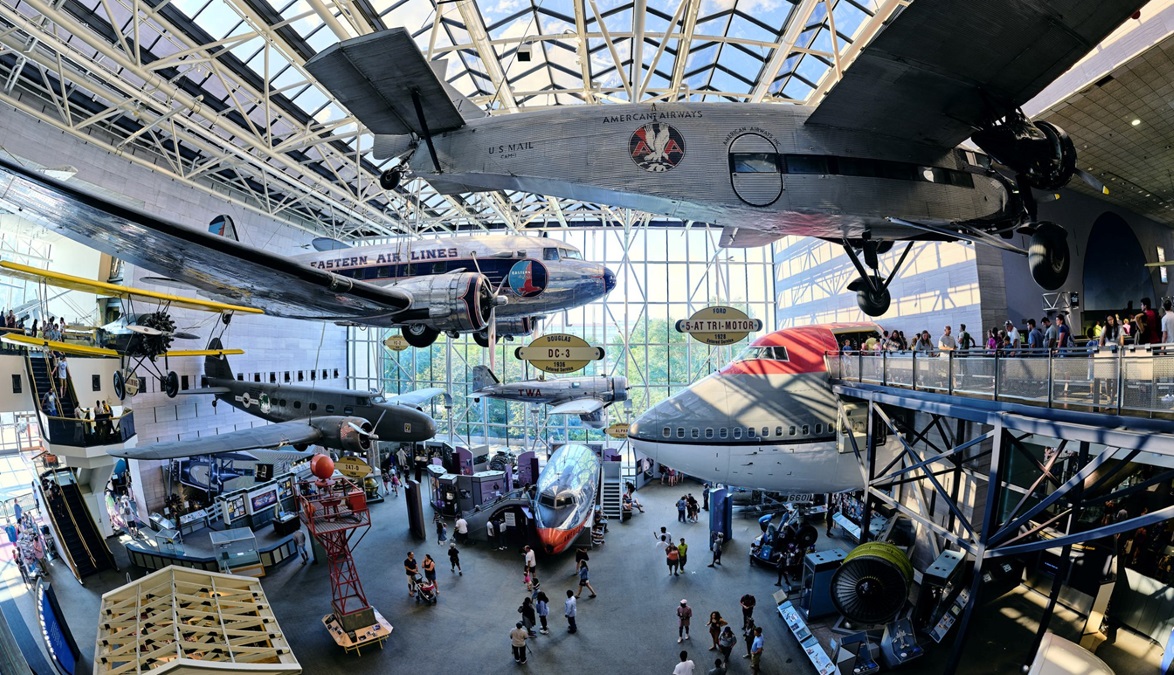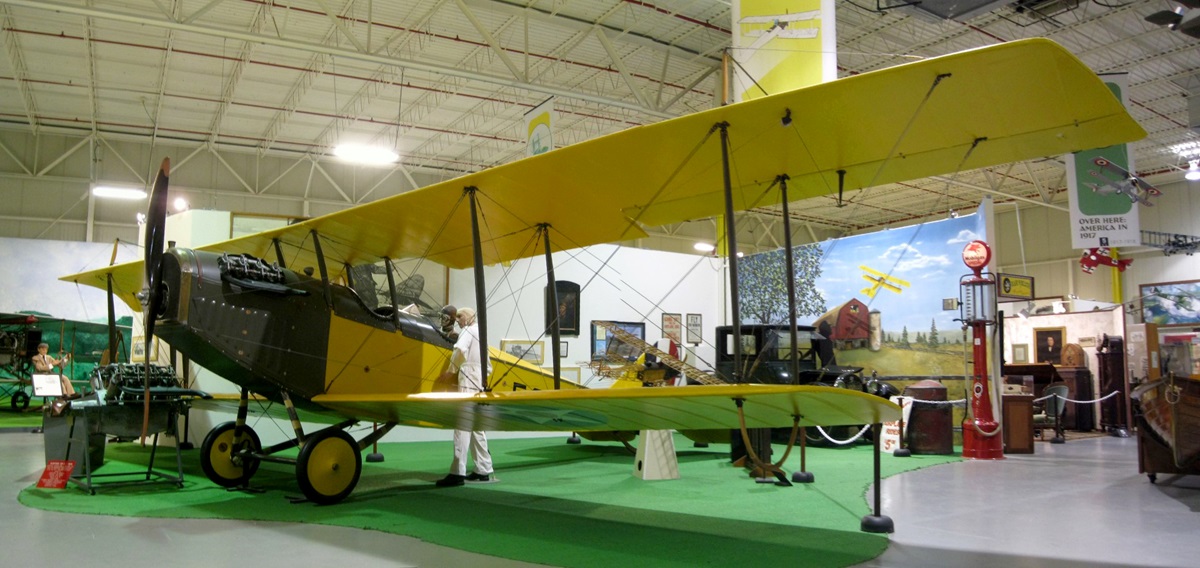Great aviation museums—Northeastern US
Great aviation museums inspire us to create a better future, even as they showcase the remarkable achievements of yesterday’s pioneers. Here are some of the greatest aviation museums in the Northeastern United States.
Smithsonian National Air and Space Museum: The perennial favorite, this museum occupies a prestigious position on the National Mall in Washington, D.C., between the Washington Monument and the U.S. Capitol. As such, your two closest airports are Washington Executive and Potomac Airfield. Both airports are within the Washington, D.C., Flight Restricted Zone (DC FRZ) airspace, which is surrounded by the Washington, D.C., Special Flight Rules Area (DC SFRA). All pilots in command who fly within a 60-nautical-mile radius of the DCA VOR must complete an FAA online training course, required by 14 CFR 91.161, to become familiar with operations in and around the DC SFRA and DC FRZ. After you complete the free course, print your receipt and bring it with you.
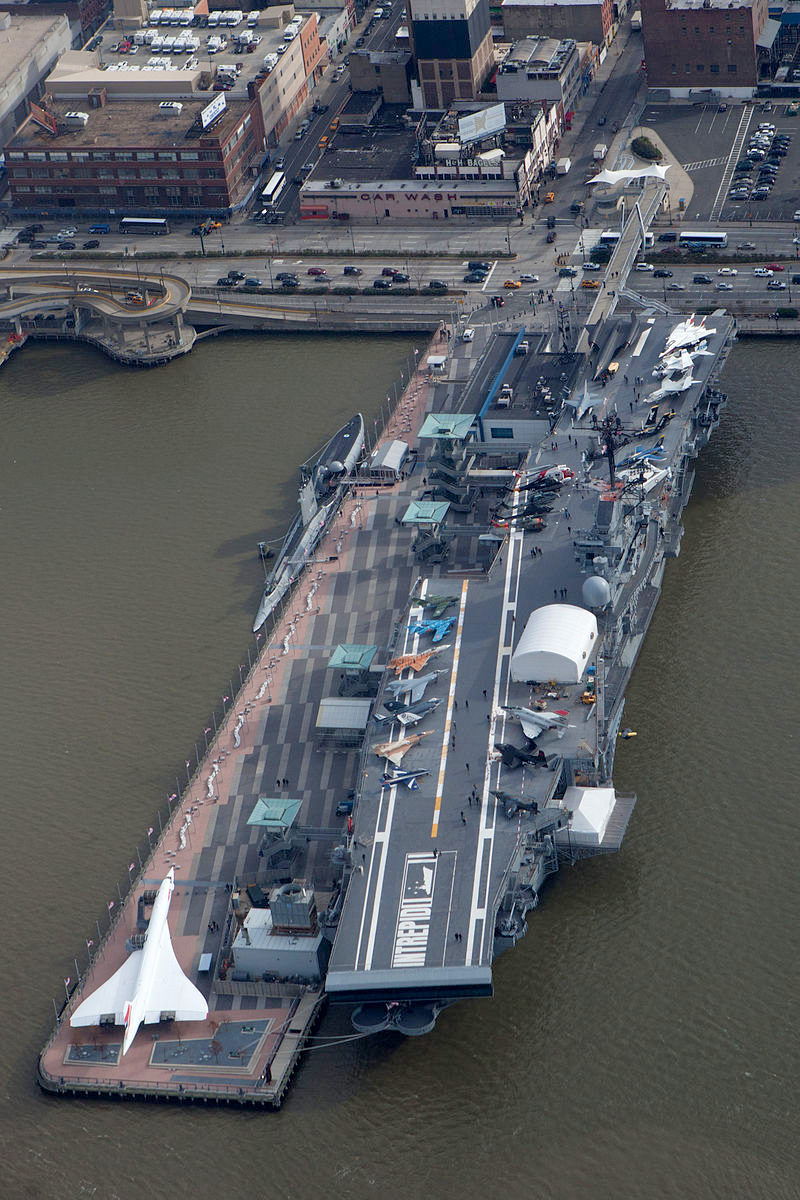
The Smithsonian National Air and Space Museum’s annex is the Steven F. Udvar-Hazy Center in Chantilly, Virginia, where you’ll see the B-29 Enola Gay that dropped the atomic bomb on Hiroshima, the Space Shuttle Discovery, a Lockheed SR-71 Blackbird (world’s fastest air-breathing manned aircraft), an original Northrop Flying Wing, Robert A. "Bob" Hoover’s Shrike Commander, and an Air France Concorde, among some 170 other aircraft. The Steven F. Udvar-Hazy Center is located at Washington Dulles International Airport. You can land at Dulles or at Leesburg Executive; both are within the DC SFRA but outside the DC FRZ.
Location, location…the Intrepid Sea, Air and Space Museum sits aboard the USS Intrepid aircraft carrier in New York. Docked at Pier 86 in the Hudson River on Manhattan’s west side, the museum provides unforgettable views from the carrier’s flight deck. Numerous fighters and a British Airways Concorde are on display. The Space Shuttle Enterprise, used in flight tests early in the shuttle program and formerly housed at the Smithsonian, now rests within a pavilion on the flight deck. Visitors can tour the carrier and adjacent submarine, the USS Growler. Your closest airport is LaGuardia; consider flightseeing the Hudson River Corridor as well.
Located in beautiful Virginia Beach, Virginia, the Military Aviation Museum showcases one of the world's largest collections of warbirds—in flying condition. To that end, the museum holds an airshow each spring for the World War II airplanes, and another in autumn so the World War I airplanes can strut their stuff. You can even get a ride in a beautiful red Waco or a 1941 Stearman. You may land at the museum’s private Virginia Beach grass runway if you receive permission from the museum director; call on weekdays and ask for Jarod. Or, choose from two other airports: Chesapeake Regional or Currituck County. Both have courtesy cars and rentals (arrange ahead for rental cars), but Currituck has cheaper fuel.
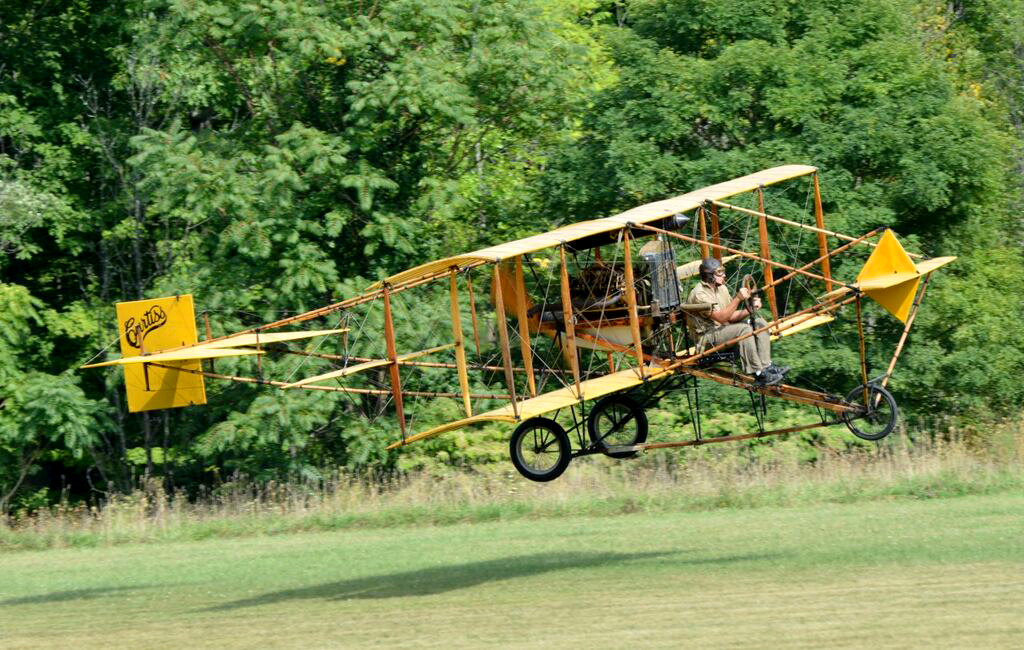
The Glenn H. Curtiss Museum honors one of aviation’s most important pioneers. The museum is in Hammondsport, New York, about 20 miles from Penn Yan Airport, at the south end of Keuka Lake. Although the Wright brothers were in the air first, the achievements of Glenn Curtiss rank right up there with the Wrights. The museum is a must for anyone interested in the dawn of aviation. Each September, the museum hosts a big seaplane splash-in on the lake to honor Curtiss, who invented the seaplane.
New York's Old Rhinebeck Aerodrome is a unique, living museum filled with flying aircraft of the Pioneer Era, World War I, and the “Golden Age of Aviation” between the world wars, as well as roadworthy antique automobiles and other vehicles. The museum is open May through October. Airshows are presented on weekends (mid-June to mid-October), and biplane rides are available before and after the shows. Spend a summer weekend here and go back in time 100 years. Fly in to Old Rhinebeck (with permission only), or fly to Sky Park and walk/taxi 3 miles, or fly to Kingston-Ulster and drive a courtesy or rental car.

Share your favorite destination in the AOPA Hangar: Places to fly, things to do, where to eat!

